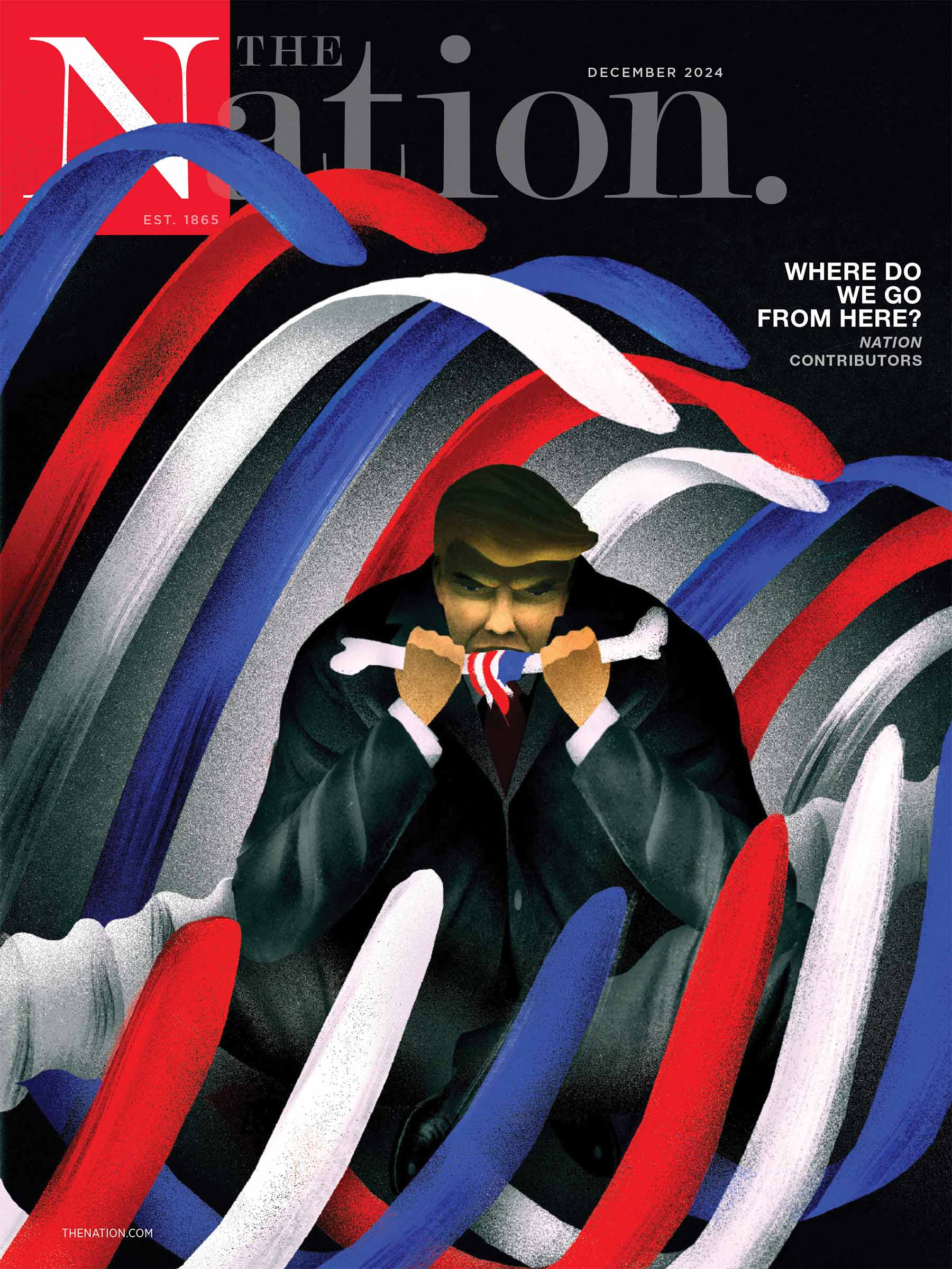It has now been nearly a week since a 27-year-old Black man named Walter Wallace Jr. was fatally shot multiple times by two white patrolmen in front of his family home on the 6100 block of Locust Street (roughly 13 blocks from our apartment building, which in West Philadelphia isn’t as far away as it sounds). The process of sorting out exactly what happened is ongoing, even with a cell phone video showing Wallace, who suffered from bipolar disorder, waving a knife at the approaching officers while Wallace’s mother could be heard wailing in the background, pleading for medical or psychiatric help—or the ambulance that the family had requested in the first place. By sunset, there were protests and, providing the usual counterpoint, looting and vandalism in a neighborhood that had only recently seemed to recover its security and resolve after last spring’s rampage following the police killing of George Floyd in Minneapolis.
More nights of peaceful protests offset by more looting and vandalism followed. (For some reason, blowing up ATMs throughout the area has been a recurring motif in the aftermath of both the Floyd and Wallace killings.) The National Guard was called in; curfews were imposed up till the blue-moon night of Halloween. Strange days, and yet becoming strangely familiar, too.
And there were still more reasons for outrage. On the night of October 29, four nights after Wallace was shot, a woman named Rickia Young, a 28-year-old Black home health aide, was watching TV and saw police near her home battling looters. Young got into her SUV to retrieve her 16-year-old son from the scene. She brought along the boy’s 2-year-old brother so as not to leave him home alone. When she arrived at the scene, a phalanx of helmeted police told her to move her car away. As Young attempted a K-turn to comply with their instructions (as another cell phone video disclosed), police broke her car windows, dragged her out of the car, with her 2-year-old inside, and began beating her. Young was taken into custody, detained, then released without being charged with a crime. The officer seen in the video smashing the window is on what the city’s police commissioner Danielle Outlaw says is “restrictive duty” pending further investigation.
Strange days. By the end of the week, Philadelphia Mayor Jim Kenney was labeling those days “perhaps the most unprecedented time in city history.”
Popular
"swipe left below to view more authors"Swipe →
Unprecedented? In Philadelphia? Good thing the mayor added that qualifier. This is, after all, the same city where, 35 years ago this past spring, a whole block of people’s homes on Osage Avenue (which, not to sound like a broken record, is blocks away from where we live and where Walter Wallace was shot) were burned to the ground in an attempt by authorities to forcibly enter a house turned into a fortress for the predominantly Black, back-to-nature cult MOVE. That was “unprecedented.”
Even the Wallace shooting had a (sort of) precedent: Only a year ago, in March 2019, a 25-year-old Ethiopian immigrant named Kelab Bey was shot several times in the chest by a Philadelphia police officer after (according to published reports) “leaping from the bushes” at 49th and Hazel Streets (roughly four blocks from where we live) with a knife. Police were responding to reports of a stabling and the officer repeatedly asked Bey to put down the knife, but he refused. There was no evidence of a stabbing. Bey was hospitalized and charged with assault.
One has to resist the impulse to let one’s repeated outrage wear down to sullen fatigue. At some point, anger must yield to seemingly simple questions: Do police have no other response to violence besides violence? Has the militarization of police gotten so out of hand that the impulse to defuse rather than confront simply doesn’t exist? Are we all at war? And if so, who declared it and against whom? When the incidents edge to one’s doorstep, these and other questions take on greater urgency, to say the least.
There may, however, be at least one aspect of the Wallace incident that’s as genuinely “unprecedented” as the mayor imagines—and which could have an impact that stretches far beyond my block and, possibly, everybody else’s. The lawyer representing Walter Wallace Jr.’s family said he will not seek murder charges against the two police officers who shot their son.
“Here’s why,” attorney Shaka Johnson told reporters last week. “They were improperly trained and did not have the proper equipment” to do their jobs effectively. This was after the family had seen the body camera recording from police showing events leading up to the incident. The family says it wants the public to see this video, which apparently shows more than the cell phone recording released last week. Mayor Kenney and District Attorney Larry Krasner say they will release the video to the public sometime after Election Day. John McNesby, president of the local police union, hasn’t seen the recording, but contends Wallace lunged at the officers with a knife. Both Johnson and the family beg to differ.
However this plays out over the next several months, there is something encouraging, and possibly even somewhat… radical about depicting the police officers as victims of the same incident. It cracks open a window into a new way of discriminating, with due vigilance, the specifics of each case of excessive force instead of resorting to the kind of polarities that immobilizes any outside-the-box thinking about law enforcement and due process.
It probably won’t keep similar incidents from happening again, in Philadelphia or anywhere else. But it might lead everybody on either side of this excessive-force debate to think a bit longer and harder before taking action. A big “if.” But stranger things have happened, even in West Philadelphia.


